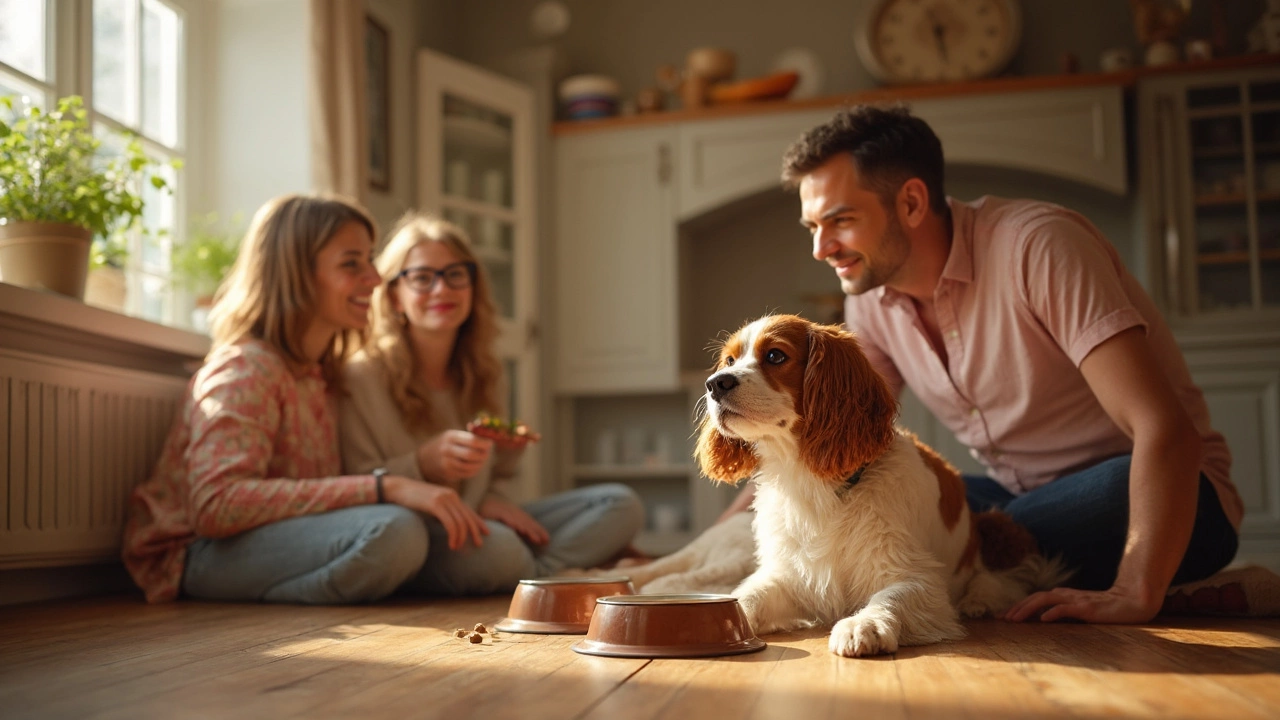After Eating: Simple Steps to Keep Your Pet Happy and Healthy
We all love watching our dogs or cats finish a bowl of tasty food. But the minutes after the last bite are just as important as the meal itself. A quick check‑in can prevent digestive upset, keep your pet comfortable, and even boost the nutrition they get from the food.
First, give your pet a moment to settle. Let them sit or lie down for a minute or two before you start any activity. This pause helps the stomach begin its work without the shock of a sudden sprint or jump.
Watch for Signs of Discomfort
After a meal, keep an eye on a few easy clues. If your dog starts panting heavily, whining, or seems restless, it could be a sign they ate too fast or are feeling a bit bloated. Cats may paw at their belly or hide under furniture if they’re uncomfortable. Spotting these signs early lets you act before a minor issue becomes a bigger problem.
One common issue is gulping air while eating, especially with dry kibble. If you notice a lot of burping or a distended belly, try a slower feeder bowl or a puzzle feeder. Slowing down the intake reduces the amount of air swallowed and eases digestion.
Best Post‑Meal Practices
Give fresh water right after the bowl is empty, but don’t force a big gulp. A few sips spread over a few minutes is ideal. Too much water at once can dilute stomach acids and slow digestion.
Light activity is a good idea, but keep it gentle. A short walk for a dog or a few minutes of play with a feather wand for a cat can help move food through the gut. Avoid high‑energy games or heavy exercise for at least 30 minutes after a big meal.
If you use supplements or treats, feed them at the right time. For example, probiotic powders mix well into the last few bites, while joint chews are best given a little before the meal so they don’t interfere with digestion.
Clean up any leftovers quickly. Stale kibble or spilled wet food can attract pests and cause your pet to eat something they shouldn’t. A tidy bowl also prevents your dog from grazing on crumbs, which can lead to overeating.
Finally, track how your pet reacts over weeks. Some foods may cause gas or loose stools only after a few days. Noting these patterns helps you choose the right brand – whether it’s Beneful, a grain‑free option, or a limited‑ingredient diet.
By staying aware of these simple after‑eating steps, you’ll keep your dog or cat comfortable, support their digestion, and get the most out of every meal you serve. Little habits now mean fewer vet visits later.
How Long After Eating Does a Dog Poop? Timing, Factors, and Useful Tips
Wondering how long after eating your dog needs to poop? This article breaks down the timing, what affects digestion, and the impact of different foods. Learn how routines and keeping an eye on your dog's habits can make bathroom breaks smooth and predictable. Get practical advice for handling puppies, adult dogs, and occasional surprises. Perfect if you're tired of guessing when to grab the leash.
